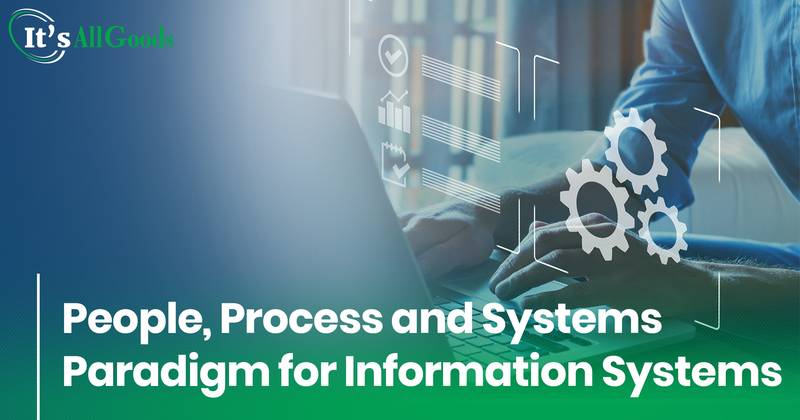

ne lesson that every convenience store chain had to learn quickly during the pandemic was how to use data to implement changes in their companies regardless of where they were forced to work in the world. While many companies struggled to get up to speed in this area, now that the pandemic seems to have ended, it is time to implement long-term changes that will impact business far into the future. While it can seem overwhelming, concentrating on three key areas allows the chain to succeed in creating digital transformation.
The first and most vital area that needs close examination is determining if the right people are in place to embrace digital transformation. In about 67% of companies, digital transformation resides entirely within the IT department, but that will not be the case with the most successful companies. The chain will be 1.8 times more likely to achieve its transformation goals if the leadership at the top of the convenience store chain wholeheartedly embraces the digital transformation.
Over $1.3 trillion is spent annually on new technology, but experts believe about $900 billion is wasted.
If the company does not already have a chief information officer who sits on the board of directors, everyone may need to push for a company realignment. In addition to recommending the software and hardware required to implement the transformation, this person must understand how technology will help the company achieve its goals.
C-Suite officers must be willing to embrace the transformation. While officers may hear some grumbling, every worker must know that this is the new company culture and that they are expected to embrace it.
Once the convenience store has the right people in place, an ongoing information systems implementation examination of the technology process must be implemented. Across multiple industries, over $1.3 trillion was spent on new technology in 2019. Yet, experts believe that about $900 billion of that was wasted. Some of that money was wasted by bringing in outside experts who tried to implement a one-size-fits-all approach. Instead of wasting the company's money in this way, make sure that experts knowledgeable about convenience stores get involved.
Many corporations make a significant mistake because they start with essential factors for C-Suite actors and do not consider the customer. The first step in any transformation should be to listen to the customers and find better ways to personalize their experiences. A great way to do this is to head to the chain's locations and talk to the customers and front-line employees who deal with them daily.
The success of the transformation also depends on getting buy-in from various vendors who supply the convenience store. Therefore, it is essential to work with these companies to see how the chain can better help them meet their company goals. Often, sharing data is a great idea, but digital transformation stalls until someone realizes that they are missing critical pieces of data.
For the convenience store company to be most successful in digital transformation, it must be agile. Significant transformations are built one baby step at a time. It embraces mistakes learned by trying different technology and learns from those mistakes so that they are not repeated.
While it may take a little while to get the right programs and people in place, the result must be actionable analytics that allows the company to make changes quickly.
Actionable analytics is the process behind moving customer behavior analytics from purely informational to actionable. This system allows the chain to predict what will happen before it occurs eventually. Many convenience store companies attempt to collect data, but they fail to use the data to predict future events.
Whenever the chain is evaluating systems while developing analytical analysis, it is vital to ask four key questions on how to look at information systems:
• Is there overlap in the programs that needs removing?
• How can the system be simplified?
• Is the chain getting everything out of the system possible?
• Is the chain collecting the correct data to provide customers with a more personalized shopping experience?
Asking these questions is a great way to spot weaknesses in the system. It takes everyone working together to create a dynamic system that will work for the convenience store chain.
Analytical analysis should be the goal of digital transformation, and it requires the company to move through four unique analysis processes. The first is descriptive analytics, which shows what has already occurred. The second is diagnostic analytics, which shows why something happened. The third is predictive analytics, which shows what will happen in the future. The final one is predictive analytics which offers actions the company needs to take today.
Digital transformation requires input (and hopefully buy-in) from every team member regardless of their level. The chain must have the right processes to collect the data needed. Finally, an actionable analytic system to provide actionable data.